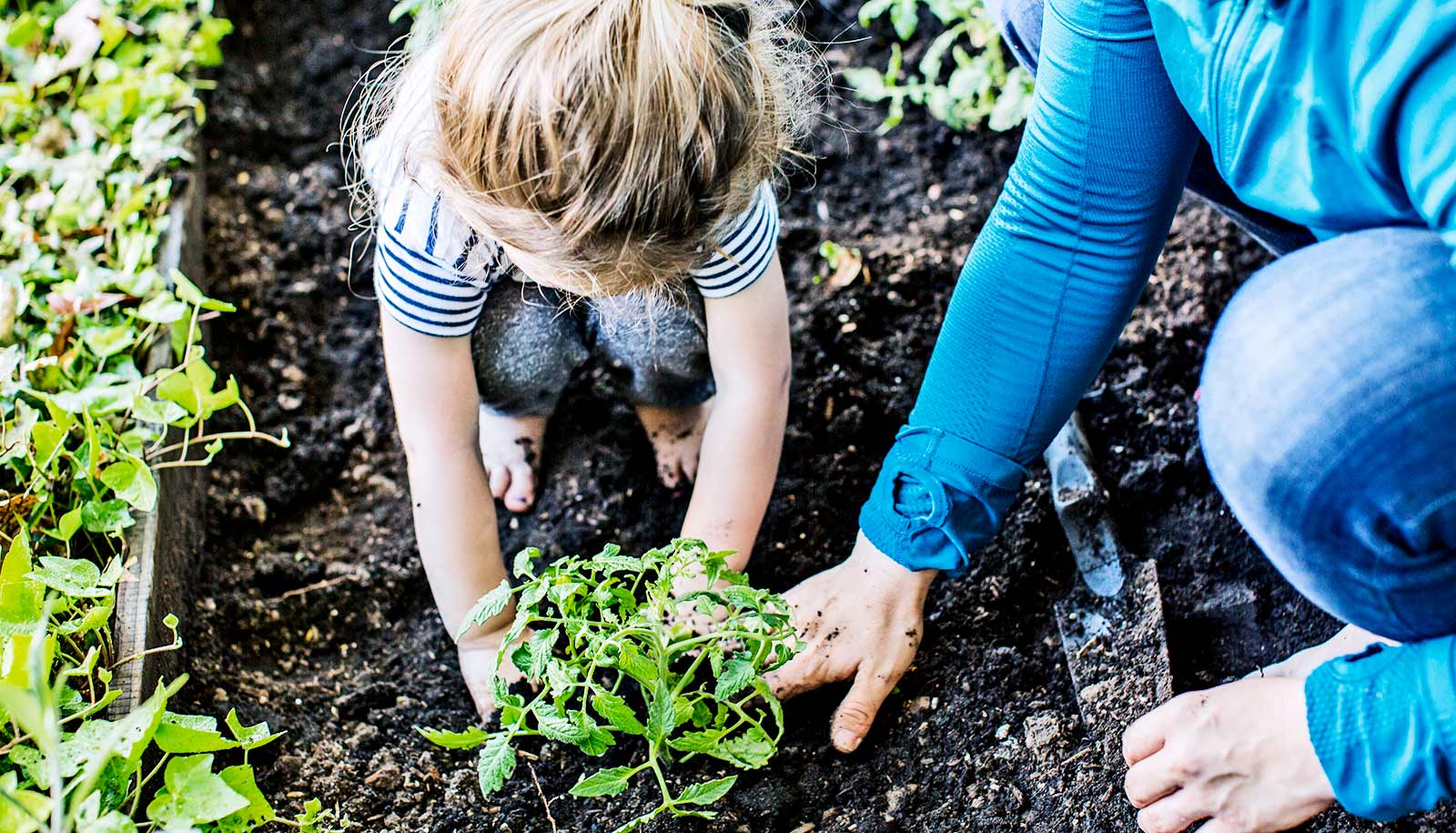Less than half of school-aged children in the United States are flourishing, research finds.
The new study also finds that the children most likely to flourish—across all levels of household income, health status, and exposure to adverse childhood experiences—are those who come from families with higher levels of resilience and connection.
The findings, which appear in Health Affairs, call for more emphasis on programs to promote family resilience and parent-child connection, even as society works to lessen children’s adversities like poverty and child maltreatment.
“Family resilience and connection were important for flourishing in all children, regardless of their level of adversity,” says study leader Christina D. Bethell, director of the Child and Adolescent Health Measurement Initiative and a professor in the department of population, family, and reproductive health at the Johns Hopkins University Bloomberg School of Public Health. “Parent-child connection had a particularly strong association with child flourishing.”
3 criteria for flourishing
For their study, Bethell and colleagues used data from the combined 2016 and 2017 National Survey of Children’s Health; they base their conclusions on a nationally representative sample of more than 51,000 school-age children between ages 6 and 17. Children’s parents or guardians answered a series of questions about child flourishing, family resilience and connection, household income (using federal poverty-level guidelines), and whether the child had a chronic condition and special health care needs.
Parents were also asked about the child’s exposure to adverse childhood experiences, or ACEs, which include a range of experiences associated with trauma and toxic stress in children such as exposure to household substance abuse, serious mental illness, family and neighborhood violence, and loss of a parent through death, incarceration, or divorce.
School-age children were considered to be flourishing if their parents reported that three things were “definitely true” about their children:
- They were curious and interested in learning new things
- They work to complete tasks they start
- They were able to stay calm and in control when faced with a challenge
These qualities contribute to flourishing in adulthood, which is most fundamentally a sense of meaning and engagement in life and positive relationships. Parents also answered questions to assess family resilience and connection, including how families respond when facing problems, how well parents and children share ideas or talk about things that really matter, and how well parents cope with the day-to-day demands of raising children.
The study found that only 40 percent of US school-age children were flourishing. This ranged from 29.9 percent to 45.0 percent across US states. Nearly half of children (48 percent) lived in families that reported the highest levels of resilience and connection. These children had more than three times greater odds of flourishing compared to the 25.5 percent of children living in families reporting the lowest levels of resilience and connection.
A similarly strong association of resilience and connection with flourishing was found across all groups of children, regardless of their level of adversity as assessed by their level of ACEs exposure, exposure to poverty, and presence of a chronic condition and special health care needs.
What can we do?
“With only four in 10 US school-age children flourishing, we need population-wide approaches to promoting child flourishing,” Bethell says. “Especially critical are efforts to foster safe, stable, and nurturing family relationships by encouraging parents to communicate with their children about things that really matter to the child and family.”
Promoting the qualities of flourishing assessed in the study could increase the level of meaning and engagement that children have in school and in their relationships and activities. Evidence-based programs and policies to increase family resilience and connection could increase flourishing in US children, even as society addresses remediable causes of childhood adversity.
The authors further suggest that the success of such efforts depends on making families and children partners in the process, which itself may promote much-needed improvements in the flourishing of our nation’s practitioners of children’s health care, social, or educational services.
Source: Johns Hopkins University



